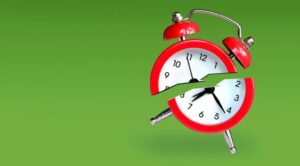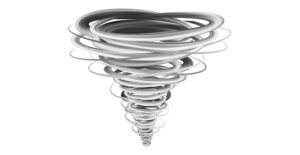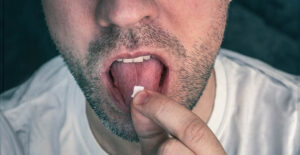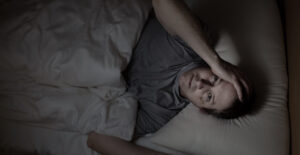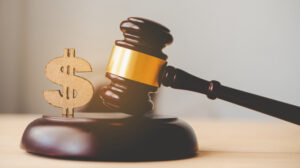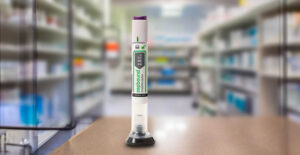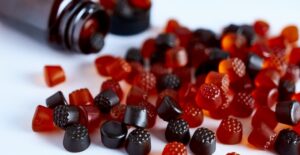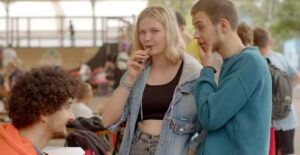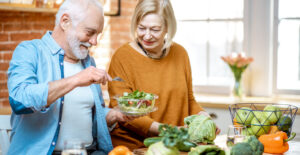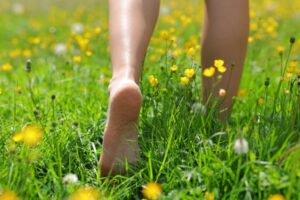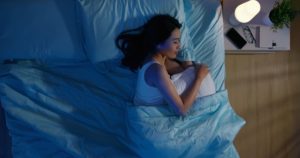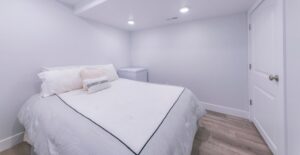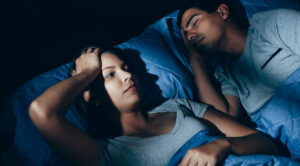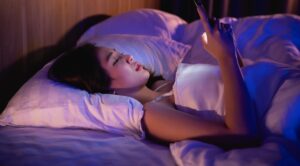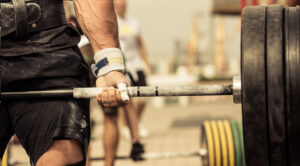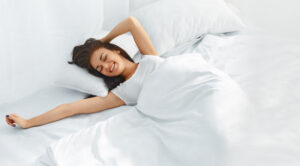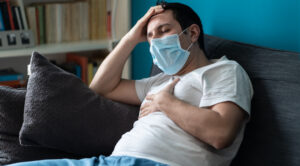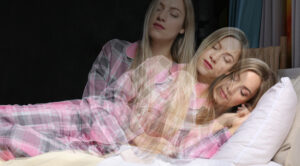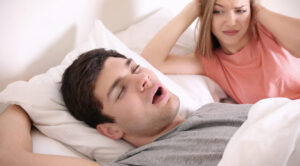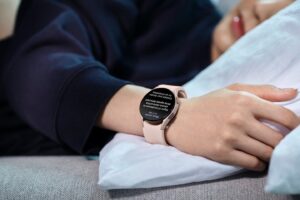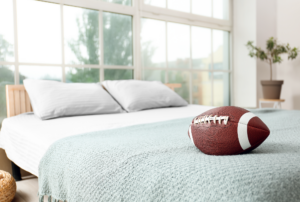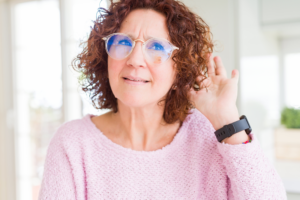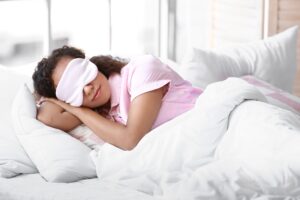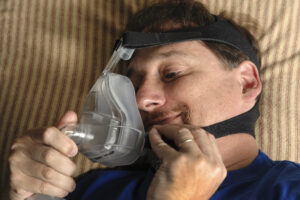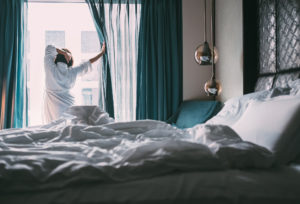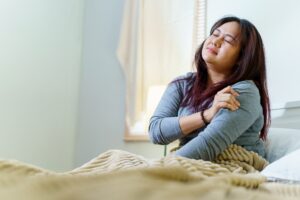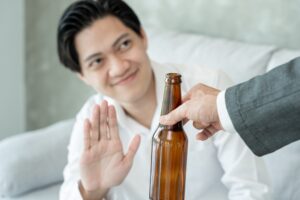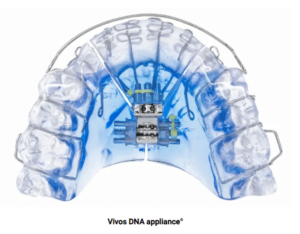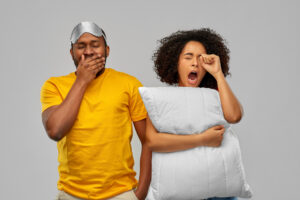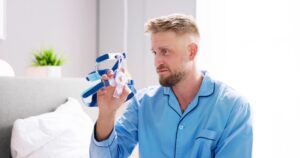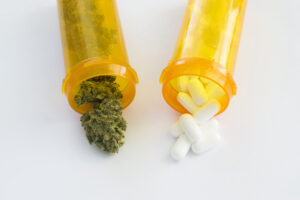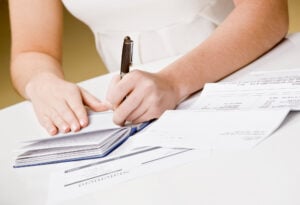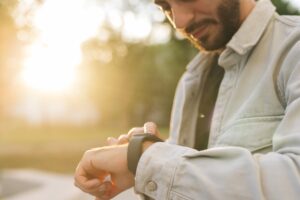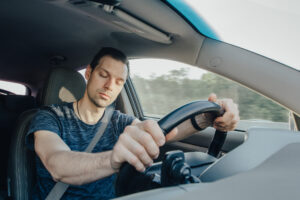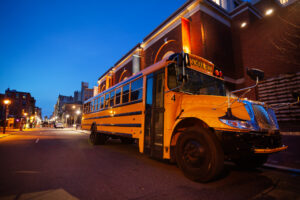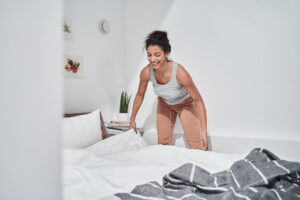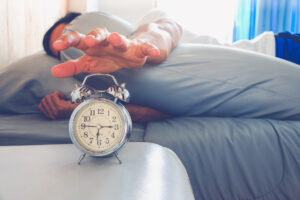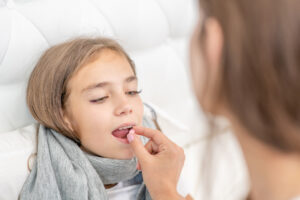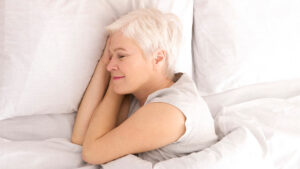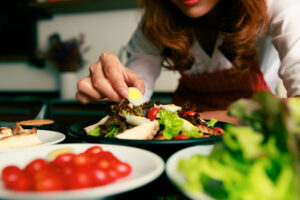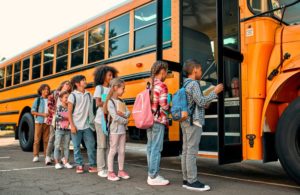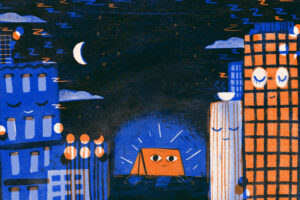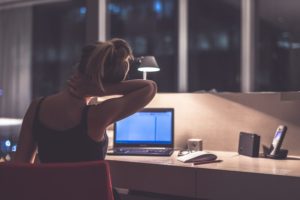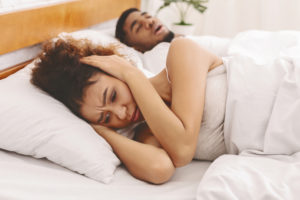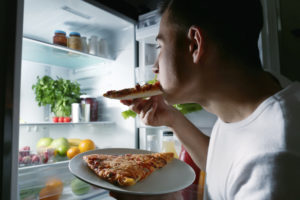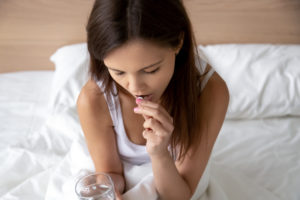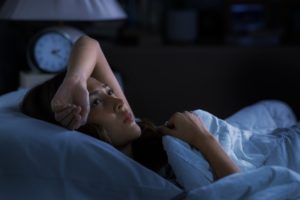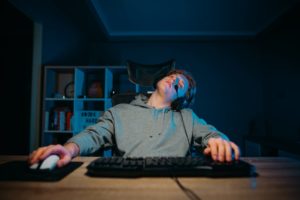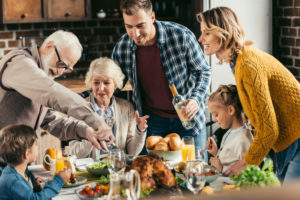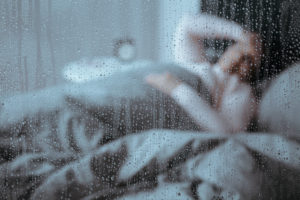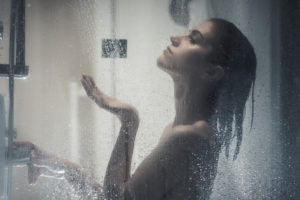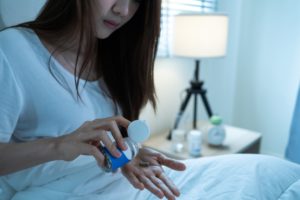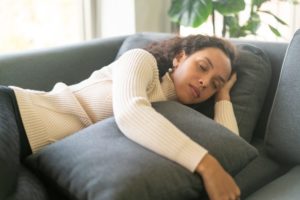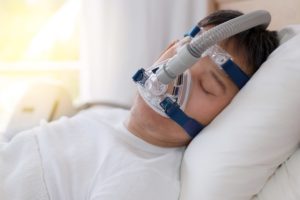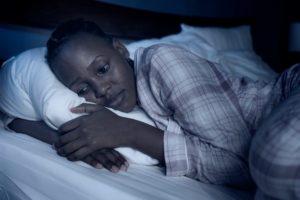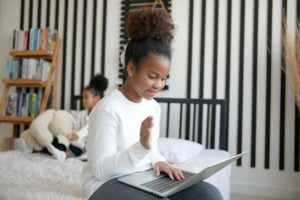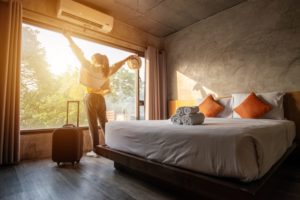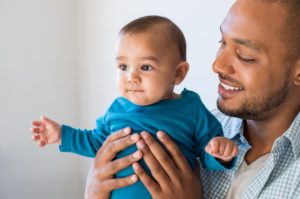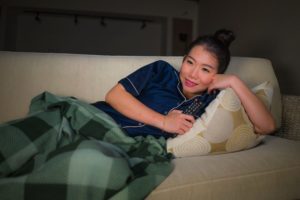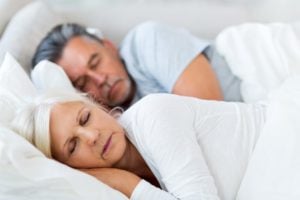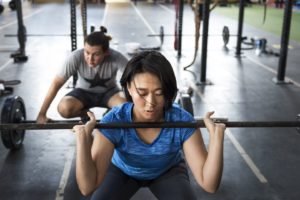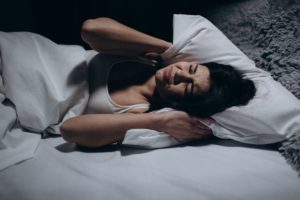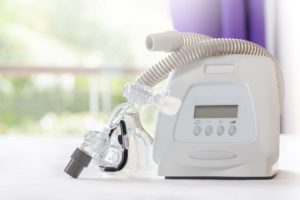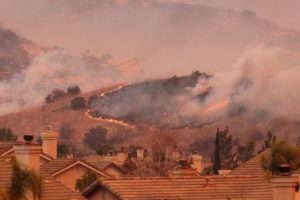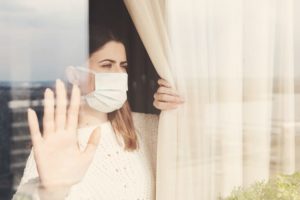New Rules May Change the Game For Some Baby Sleep Products

Bedtime may have become safer for babies this past May 16, when President Biden signed the Safe Sleep for Babies Act of 2021 into law. This act outlaws the manufacture and sale of inclined sleepers and crib bumpers , which have been linked to nearly 200 infant deaths in recent decades.
“Sleep is one of the hardest things that any parent is ever going to have to deal with, especially in those first few months (of a baby’s life),” says Dr. Ben Hoffman, professor of pediatrics at Oregon Health & Science University in Portland, Oregon, and chairman of the American Academy of Pediatrics Council on Injury, Violence and Poison Prevention. “Parents are often desperate for … tricks to help them to make their babies sleep longer.”
“We need to shift people's perception of infant sleep.” – Dr. Ben Hoffman, professor of pediatrics, Oregon Health & Science University
Inclined sleepers let babies sleep at an angle rather than lying flat. Crib bumpers provide cushioning from hard crib bars. Both products have been attributed to sleep-related deaths, including sudden infant death syndrome (SIDS).
The ruling only affects sales of new products. It does not outlaw use of these products outright, which may call to question the efficacy among communities and demographics that may rely on hand-me-down products or cannot afford to purchase new items. Already, American Indian/Alaska Native and non-Hispanic Black infants are more than twice as likely to die of sudden unexpected infant death syndrome (SUIDS) than non-Hispanic white infants, according to Centers for Disease Control and Prevention data from 2019. SUIDS accounts for unexpected infant-death cases including SIDS, accidental suffocation or strangulation in bed, and unknown causes.

Why Now?
For years, the American Academy of Pediatrics (AAP) has recommended that babies sleep flat on their backs and with no soft bedding. But inclined sleepers and crib bumpers remained in stores.
“It was very confusing for parents to hear one thing from the AAP on safe sleep, yet see beautiful nurseries decorated with bumpers and quilts hanging from cribs,” says Dr. Nilong Vyas, a pediatrician in New Orleans and a Sleep Foundation board member. “Finally, the legislation and guidelines match the consumer availability and make it more clear for parents to understand the importance of the AAP guidelines.”
The Safe Sleep for Babies Act follows a new infant sleep rule from the Consumer Product Safety Commission (CPSC) that establishes a federal safety standard for baby-sleep products, taking effect on June 23, 2022.
Neither, however, addresses products already in use.
Erika Richter of Portland, Oregon, lost her 2-week-old daughter, Emma, in an inclined sleeper-related death in 2018. She notes that the second-hand market for these products may be the next frontier for ensuring safety.
“Consumer awareness is more important than ever to make sure that the products that have already been sold are not redistributed second-hand, as so many baby items are passed along.”
Parents should also not use homemade items to create an incline for sleeping babies, experts say. Placing anything in a crib or beneath babies may be hazardous to their health.
“Parents are often desperate for … tricks to help them to make their babies sleep longer.” – Dr. Ben Hoffman, professor of pediatrics, Oregon Health & Science University
“It would also be beneficial to have follow-up legislation on any products that parents use in the crib or bed with the infant, including rolled-up towels, [baby loungers and nests], or make-shift wedges that also pose a risk,” Dr. Vyas says.
Why Inclined Sleepers and Crib Bumpers Are Dangerous
Inclined sleepers are not as firm as mattresses, and the incline changes the way babies move in their sleep, according to a November 2021 study published in the Journal of Biomechanics.
An incline may cause younger infants to lean their chins toward their chests, blocking their airways. Older infants may roll over and be unable to right themselves because of the incline. Both situations may cause suffocation.
Manufacturers have been preparing for the new regulations for the past year or two. In 2020, Graco Children’s Products Inc. recalled an inclined-sleeper product because similar products were linked with infant deaths, according to CPSC recall information.
“While the safety CPSC standard for the rule was in development and under review, we began making changes to our products to be in compliance with the anticipated requirements of the new rule,” says a spokesman for Graco Children’s Products Inc. who does not wish to be named.
Crib bumpers are intended to protect babies from coming into contact with crib slats. They may cause suffocation if a baby’s face gets too close to a soft bumper.
“The placement of these products into the crib can cause the infant to rebreathe their exhaled carbon dioxide and thus increase their susceptibility to succumbing to SIDS,” Dr. Vyas says.
What Is SIDS?
SIDS is the name for sudden unexpected infant deaths among seemingly healthy babies during the first year of life when another cause of death isn’t found. It usually happens during sleep.
“The most crucial times are between 2 to 4 months of age, but the risk is extended up to 1 year of life,” Dr. Vyas says.
Babies who are at risk of SIDS include those who:
- Are born prematurely or had a low birth weight
- Sleep on a soft surface
- Sleep with soft bedding
- Sleep on their stomach or side
- Become overheated during sleep
- Recently had a cold
- Share a bed with a parent
- Breathe second-hand smoke
“We know that babies who breastfeed have a significantly decreased risk of SIDS,” Dr. Hoffman says.
A recent study also suggests a biological link between low levels of a specific enzyme and an increased SIDS risk. The study’s findings are preliminary, however, and more research is needed to understand fully the connection between the enzyme and SIDS, Dr. Vyas says.
Meanwhile, parents are strongly encouraged to continue following Safe to Sleep practices.
“The most important thing is for parents to continue to follow safe sleep guidelines,” Dr. Vyas says.
Safe Sleep Recommendations for Babies
The safest way for babies to sleep is by themselves in a crib or bassinet. Caregivers should place babies on their backs to sleep, not on their sides or stomachs. Their sleep space should have a firm, flat mattress and a fitted sheet. They shouldn’t sleep with soft objects or other people, including co-sleeping parents.
“No bears, no bumpers, no blankets,” Dr. Hoffman says. “The image of that, to a lot of people, is striking, and it almost looks sad, and the babies look lonely. We need to shift people’s perception of infant sleep.”
“The placement of these products into the crib can cause the infant to rebreathe their exhaled carbon dioxide and thus increase their susceptibility to succumbing to SIDS.” – Dr. Nilong Vyas, pediatrician, New Orleans
Maternity-ward nurses may recommend safe sleep practices to new parents. Pediatricians may offer follow-up advice at newborn wellness visits. Meeting with a sleep coach may also be helpful, experts say.
“It is best when an infant is brought home from the hospital to have the parents start off correctly from the get-go to practice good sleep habits, [such as] always putting the baby down awake and trying to prevent the formation of bad sleep associations,” Dr. Vyas says. “Educating parents with sleep coaches trained in this is of paramount importance. Many families go to coaches once there is a problem, but this should be basic guidance given to all parents.”
Babies depend on their parents and carers to make consistently safe sleep choices.
“It’s really important that the parents do everything they can to ensure that sleep is as safe as possible every single time, whether it’s a nap or overnight,” Dr. Hoffman says.
New baby-sleep products certainly will enter the marketplace. But the hope is that the CPSC rule and the Safe Sleep for Babies legislation may serve as important safety guidance.
“There is always a potential for other products to enter the market, as the pediatric sleep product market is highly profitable since sleep can be so elusive in those early months,” Dr. Vyas says. “I am hopeful that companies will keep the guidelines in mind when designing products ultimately to keep infant safety in mind.”
References
5 Sources
-
Danger, K. I. (2021, January 12). This Graco Product Is the Latest Inclined Sleep Product Recall – Kids in Danger. Kids in Danger – Fighting for Product Safety.
https://kidsindanger.org/2021/01/this-graco-product-is-the-latest-inclined-sleep-product-recall/ -
Danger, K. I. (2022, May 19). Product Hazards – Crib Bumpers – Kids in Danger. Kids in Danger – Fighting for Product Safety.
https://kidsindanger.org/product-hazards/crib-bumpers/ -
Centers for Disease Control and Prevention. (2021, June 15). Data and Statistics for SIDS and SUID | CDC., Retrieved May 24, 2022, from
https://www.cdc.gov/sudden-infant-death/about/?CDC_AAref_Val=https://www.cdc.gov/sids/about/index.htm -
Wang J, Siddicky SF, Carroll JL, Rabenhorst BM, Bumpass DB, Whitaker BN, Mannen EM. Infant inclined sleep product safety: A model for using biomechanics to explore safe infant product design. J Biomech. 2021 Nov 9;128:110706. doi: 10.1016/j.jbiomech.2021.110706. Epub 2021 Aug 28. PMID: 34624615.
https://www.sciencedirect.com/science/article/abs/pii/S0021929021004747 -
Harrington, C. T., Hafid, N. A., & Waters, K. A. (2022). Butyrylcholinesterase is a potential biomarker for Sudden Infant Death Syndrome. eBioMedicine, 80, 104041.
https://pubmed.ncbi.nlm.nih.gov/35533499/

